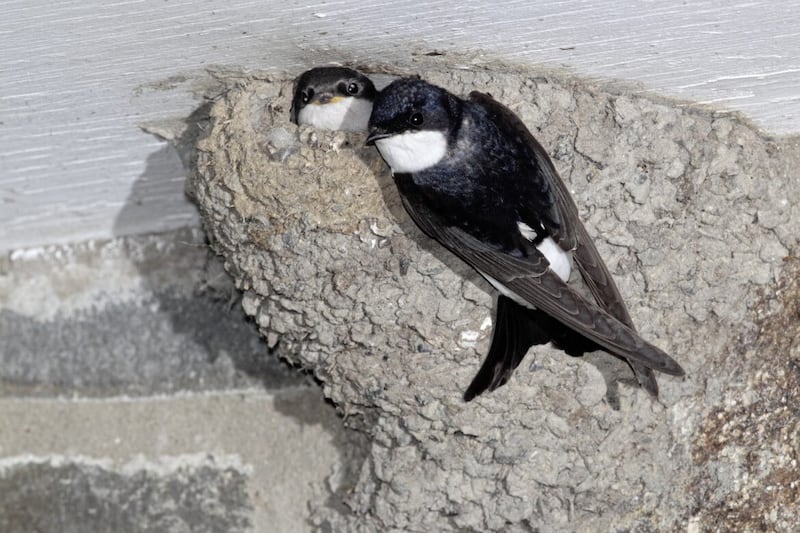WILLIAM Allingham of 'Ballyshanny', as he called it, is one of our less well acclaimed writers.
Four Ducks on a Pond and The Fairies are probably well known to many from schooldays, but after that, little of his body of work is familiar.
One piece, The Lover and The Birds caught my eye years ago, a poem where Allingham employs his musical ear to translate the singing notes of our common birds and pen his story of the tormented lover.
His precise interpretations reveal just how well he knew the lyrical complexity of their songs and calls. He writes of the;
Chaffinch's comforting call to the forlorn lover;
"Sweet, sweet, sweet!
"Pretty lovey, come and meet me here."
Then, with "cackling laugh", the Blackbird sings;
"And what'll he do? what'll he do!"
The Thrush then advises;
"Be quick! Be quick! Here, here!
"Take heed! Take heed! Why? why? why? why? why?
"See-ee now! See-ee now!
"Back! Back! Back! R-r-r-run away!
The Robin finally seeks to lift his melancholy singing;
"Spring's opening cheerily, cheerily! be we glad."
Allingham's poem reveals his appreciation of the natural world and his ear for music.
WB Yeats also drew on the natural world, writing of his desire to have some peace on the 'Lake Isle of Innisfree', that idyllic place where he would plant his "Nine bean-rows" and have "a hive for the honey-bee".
Poet and dramatist JM Synge was another who wrote about his observations of nature. In Prelude he talks of knowing "the stars, the flowers, and the birds."
This human closeness to nature is not surprising when viewed alongside Ireland's social and natural history. Our early ancestors built up a knowledge of and respect for wildlife through the centuries.
The Celts and their druids attached significant importance to birds and animals, believing they were messengers of gods, observing them closely and predicting future events based on their behaviour.
Christianity in Ireland brought the monks with their writings on birds and animals through poetry, while graphic work decorated religious manuscripts such as The Book of Kells with images of the Wolf, Hare and many birds.
More recent writers and musicians continue this link, especially those involved in traditional music where native wildlife features prominently in their writing. Compositions like The Blackthorn reel and A Wild Bee's Nest are commonplace.
The late Junior Crehan, accomplished fiddle and concertina player from Co Clare, composed the reel Poll an Mhadra Uisce (The Otter's Holt).
Junior told of playful otters emerging from a neighbouring stream when his mother played the concertina in their back yard. They lay back as if listening to her music. This, he says, was the inspiration for the title of his reel.
The Creggan White Hare, a song about how the elusive white hare from Creggan, Co Tyrone, foils all attempts at capture, eluding even the "pedigree hounds" which were brought by huntsmen to "to put an end to that bonnie white hare".
The late Seamus Heaney crafted much of his work with words inspired by his early upbringing around Bellaghy and his strong attachment to the land.
In Death of a Naturalist he recounts with child-like clarity his early experiences of frogs and "the warm thick slobber of frogspawn that grew like clotted water".
He says;
"You could tell the weather by frogs too
"For they were yellow in the sun and brown
"In rain
Long may our wildlife continue to inspire creative minds.







